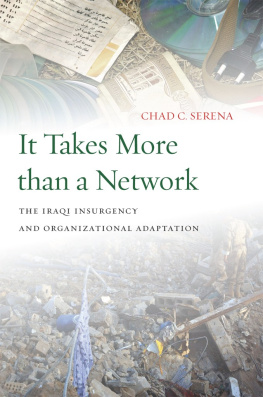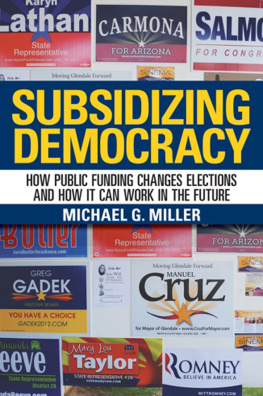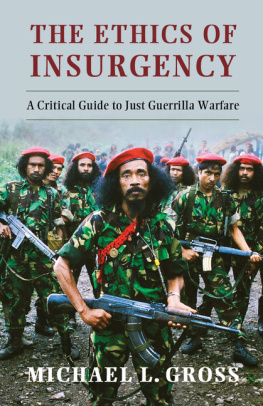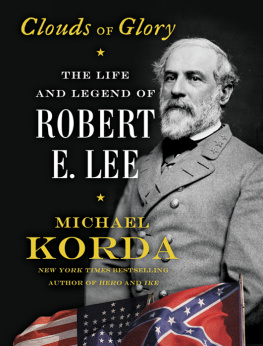This edition is published by PICKLE PARTNERS PUBLISHINGwww.picklepartnerspublishing.com
To join our mailing list for new titles or for issues with our books picklepublishing@gmail.com
Or on Facebook
Text originally published in 2011 under the same title.
Pickle Partners Publishing 2015, all rights reserved. No part of this publication may be reproduced, stored in a retrieval system or transmitted by any means, electrical, mechanical or otherwise without the written permission of the copyright holder.
Publishers Note
Although in most cases we have retained the Authors original spelling and grammar to authentically reproduce the work of the Author and the original intent of such material, some additional notes and clarifications have been added for the modern readers benefit.
We have also made every effort to include all maps and illustrations of the original edition the limitations of formatting do not allow of including larger maps, we will upload as many of these maps as possible.
RED CLOUDS WAR: AN INSURGENCY CASE STUDY FOR MODERN TIMES
by
Lieutenant Colonel Michael G. Miller
RED CLOUDS WAR: AN INSURGENCY CASE STUDY FOR MODERN TIMES
As the Army learned after the invasions of Iraq and Afghanistan, theyve done this before. The United States has a history of fighting insurgencies dating back to the mid-19 th Century. It is in vogue once again to read historical case studies, particularly those from the 20 th Century, to gain insight in how to better prosecute todays insurgent war in Afghanistan. In fact, most of the principles espoused in FM 3-24, the U.S. Army manual on Counterinsurgency, are based on case studies from the 20 th Century. {1} But theres at least one very long and similar campaign against a similar insurgent foe: the American Indian Wars. Counterinsurgency today, or COIN as it is referred to, is a relatively new American term for counterinsurgency, but the fight with insurgents it refers to is much older-even ancient-when referring to irregular enemies. {2} The U.S. Army Indian Wars of the 19 th Century, while being similar, remain little studied in todays COIN academic circles. This paper will specifically be a case study of Red Clouds War of 1866, which consisted of the various depredations committed by the Sioux, Cheyenne, and Arapahoe upon frontier settlements and emigrants between the years 1863 and 1868. {3} Red Clouds War remains the only one to have been won by the Indians. {4} While its true that Custers defeat at the battle of Little Big Horn was a bigger single battle loss, the Indians ultimately lost the overall war. This study will look at the opening of the Bozeman Trail and how it fundamentally changed the history of Wyoming and Montana. And finally, it will take a detailed look at the Fetterman Massacre at Ft. Phil Kearny, Dakota Territory on December 21 st , 1866 and its effects on the Army, government, society and the Indians. Throughout this study, similarities to modern counterinsurgency in Afghanistan will be noted. It shall become clear to the reader that COIN, although a relatively new term in the American lexicon, is not new in the history of America. This case study will show a lack of proper strategic guidance, failure to properly organize, train and equip the troops, failure to understand a tribally based enemy with a true warrior ethos, reluctance & ignorance in the use of available intelligence, failure to adequately evaluate and use available terrain, and a lack of leadership from the commanding officer.
Many similarities exist between the Indian Wars of the 19 th Century and the ongoing COIN efforts in Afghanistan against the Taliban. They include: extremely long lines of supply; rugged terrain, remote forts & outposts, severe winters, tribal based enemy with a warrior culture, and a cunning/mobile/adaptable and elusive enemy whose tactics differ greatly from the U.S. Army.
When finished reading this case study, it will be clear that a little known, but important battle from the Indian Wars had a large effect on the service, the government and U.S. society in general. The relevance of this case study and similar historical military examples may be considered just one more tool in a commanders toolkit when applied to todays ongoing war in Afghanistan. Note that Native American, First Peoples, American Indian are all typically referred to in this paper as Indian to: 1) Use the term that was used in 1866, and 2) Be concise.
This document is divided into seven sections: the background and context of the time in America, the U.S. Army and American Indians in 1866; Key Players; the movement of the Army into the Powder River Country; the situation which set the stage for the fight; the Fetterman Massacre; after effects of the battle; and a brief comparison to the Afghanistan Campaign with some lessons learned.
Background
Ten years before the infamous massacre of George Armstrong Custer and his forces at the Little Big Horn, another very similar yet little known battle occurred in the Powder River Country of Wyoming. The Fetterman Massacre as it came to be known was the key and defining battle of Red Clouds War, and one of the most important of the Indian Wars Campaign. This battle resulted in the largest defeat of U.S. Army troops by American Indians, until eclipsed 10 years later at Custers Last Stand. In fact, had the Custer debacle not taken place, Fettermans would probably be a household name. This is a chapter of American History full of high drama, controversy and one that remains shrouded in some mystery. What led to that battle then, is a story of a U.S. War with American Indians over possession and ownership of disputed territory. It was an effort by the U.S. Army to pacify an aroused and dangerous enemy. America, in its Manifest Destiny was expanding west. There was treasure to be had, and to get to it the immigrants had to pass through Indian Country. This is essentially about the strong, newly victorious (in the Civil War) U.S. Government wanting to take something they desired from the American Indians whom they misguidedly perceived as weak. That statement of human nature speaks volumes and is probably true for most of the wars throughout history. Clausewitz said, War is an act of force to compel our enemy to do our will. {5} In this case, the U.S. Government had a desire to occupy and traverse an area containing the Indians most sacred hunting grounds. Three traditionally powerful Indian Nations: the Lakota Sioux, Cheyenne, Arapahoe and other allies were determined to resist the momentum of the white mans westward migration. Previous attempts had been made by the government at negotiation, but to no avail. Thus for the Indians, as Clausewitz put it, War was merely the continuation of policy by other means. {6} This was in essence their most valuable and sacred land, and a very basic survival interest. They were not going to give it up without a fight. {7} This fascinating story is not just about the Fetterman fight; it is also about the Bozeman Trail, Fort Phil Kearny, the defensive minded commanding officer named Carrington, a saber wielding Lieutenant named Grummond and a determined, powerful Sioux leader named Red Cloud. {8} It is important to understand the context of the era, as it is in any historical case study, to see the key role it plays in setting the stage.













